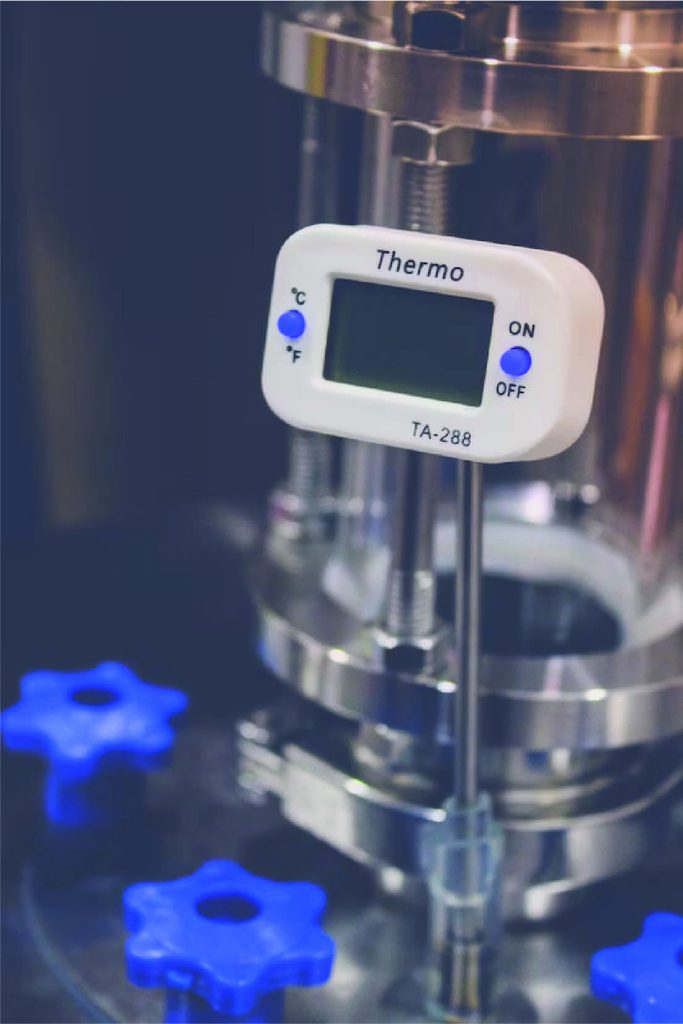The US Food and Drug Administration (FDA) list of HPHC’s is based on their research into the composition of tobacco and tobacco smoke and are linked to smoking-related diseases.
Exposure to HPHCs through the consumption of tobacco-containing shisha products is reduced compared to cigarettes for several reasons.
1. The tobacco component is heated rather than burnt
In contrast to the smoke generated from cigarettes, were the tobacco (along with paper, inks, and adhesives) are physically set alight, shisha cloud is generated at much lower temperatures through indirect heating, using an external heat source such as charcoal. In contrast to cigarettes which will continue to burn until the combustible material is exhausted, shisha cloud formation will rapidly cease if the charcoal is removed.
As such, by heating rather than burning, shisha is a reduced-risk
alternative compared to smoking cigarettes.
2. Reduced tobacco content
In manufacturing shisha tobacco products, AIR uses Virginia flue cured tobacco, along with food- grade non-tobacco ingredients. The tobacco content of AIR products commercialized in the USA is less than 18% on a weight for weight (w/w) basis. This contrasts with other tobacco products (e.g., snus, cigarettes, hand rolling tobacco and premium cigar), where the tobacco content may be as high as 100% w/w of the product (Figure 3.0).
THE REDUCED TOBACCO CONTENT OF SHISHA PRODUCTS COMPARED TO OTHER TOBACCO PRODUCTS HAS A SIGNIFICANT IMPACT ON QUANTITY OF HPHCS TO WHICH CONSUMERS MAY BE EXPOSED THROUGH USE OF THE PRODUCT.
Figure 3.0: Average tobacco content (% w/w) of a range of tobacco products commercialized in the USA.
3. Consumption pattern
Nicotine is a naturally occurring chemical tobacco and is one of the reasons why people smoke cigarettes. In 1994, it was suggested that a threshold of 5mg per day of nicotine (roughly corresponding to 5 cigarettes per day) may minimize the addictiveness of cigarettes. 1 In the years since this nicotine threshold was suggested, a consensus has not emerged on one that would sustain or prevent addiction, due in part to individual variability in dose sensitivity. 2
While not risk free, nicotine is not the primary cause of smoking-related disease.
Much of the harm associated with cigarette use is driven by nicotine dependence, leading to an escalation of use, sustained consumption over extended periods and difficulty quitting resulting in chronic exposure to harmful chemicals generated through the burning of tobacco, paper, inks, and adhesives.
Shisha consumption is not associated with the frequent and repetitive pattern of consumption typical of high levels of dependence seen in cigarette consumers. 3 In contrast to cigarettes which are used habitually to alleviate nicotine cravings, shisha consumption is generally characterized as a social event, not least because of the cumbersome nature of the equipment, the time required to setup the shisha pipe and the length of an individual session. 4
For example, the Deutsche Bundesinstitut fur Riskobewertung (German Federal Institute for Risk Assessment) states “Average consumers in Germany smoke between one and two waterpipes a week…” compared to “between 20 and 30 cigarettes a day”, and “If one compares the average water pipe smoker who smokes one to two water pipes a week with an average cigarette smoker who smokes 20-30 cigarettes a day, then smoking cigarettes must definitely be seen as more harmful.” 5
Based on the differing consumption pattern of shisha compared to cigarettes, and the proposed nicotine threshold of 5mg per day, it is unlikely that shisha consumption could be considered addictive in the same sense as applied to cigarettes.
2 US Food and Drug Administration (FDA) (2018). Tobacco Product Standard for Nicotine Level of Combusted Cigarettes. https://www.federalregister.gov/documents/2018/03/16/2018-05345/tobacco-product-standard-for-nicotine-level-of-combusted-cigarettes. Last accessed 14 th September 2022.
3 Maynard, O.M., Gage, S.H., Munafo, M.R. (2013). Are waterpipe users tobacco dependant? Addiction. 108(11)1886-1887.
4 US Food and Drug Administration (FDA) (2019). Modifications to Compliance Policy for Certain Deemed Tobacco Products; Draft Guidance for Industry; Availability. https://www.federalregister.gov/documents/2019/03/14/2019-04765/modifications-to-compliance- policy-for-certain-deemed-tobacco-products-draft-guidance-for-industry Last accessed 13th September 2022
5 Deutsche Bundesinstitut fur Riskobewertung (German Federal Institute for Risk Assessment) (2011). Frequently asked questions about waterpipes. http://www.bfr.bund.de/en/frequently_asked_questions_about_water_pipes-60838.html . Last accessed 15th September 2022.




